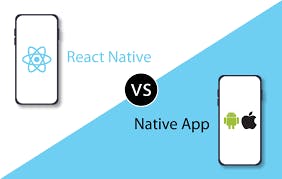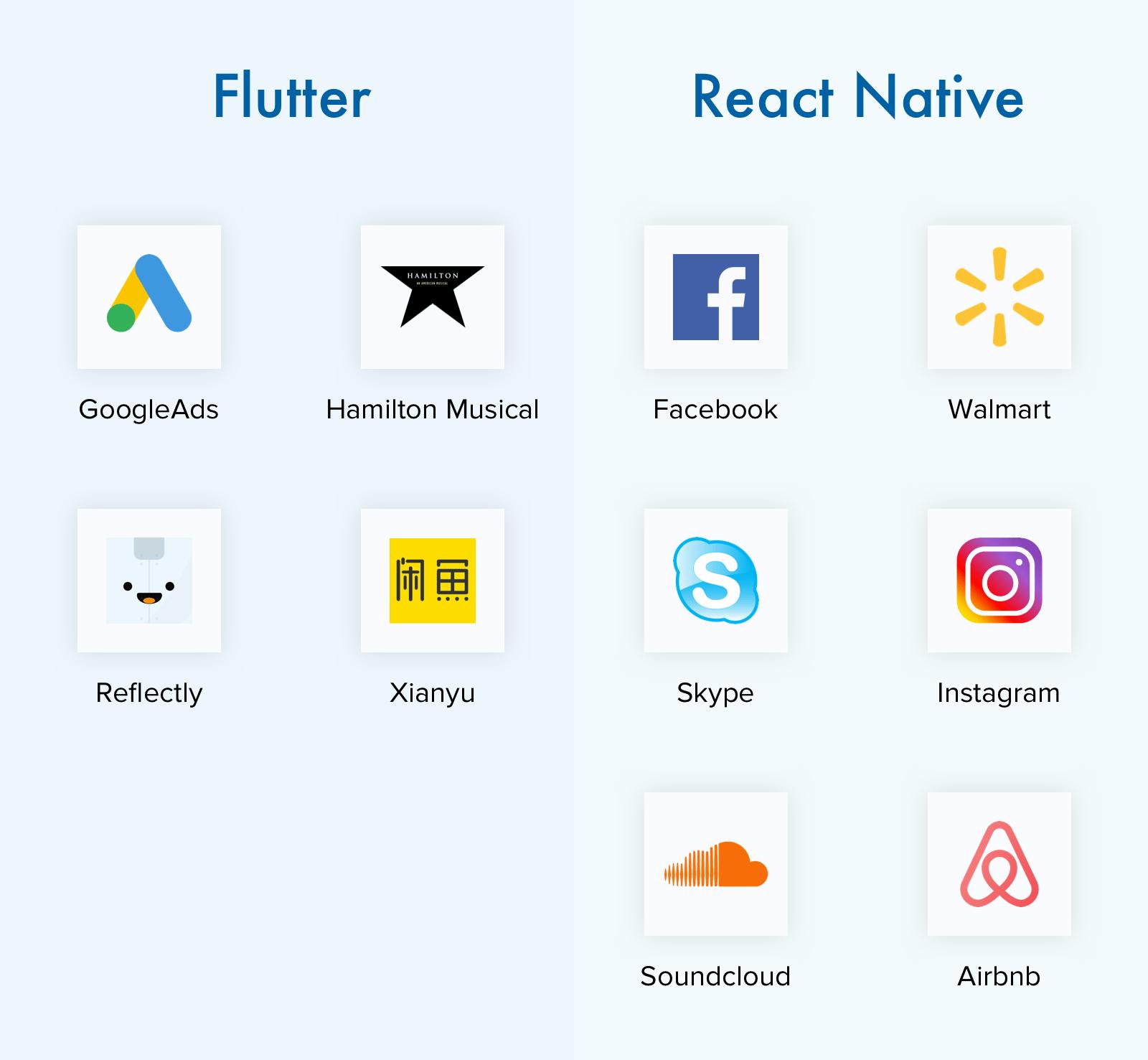React Native is a powerful framework for building cross-platform mobile applications using JavaScript and React. An individual interested in web development with JavaScript and React can easily switch to app development using React Native. React Native as the name suggests totally like React just with some minor changes. So in this guide, I'll walk you around the basics of React Native as well as I'll let you know how you can get started with it to develop your first mobile application with React Native.

Why React Native and not Classic native apps??? This has been a question for a long time, So let me answer that for you, the codebase and language that React Native uses is JavaScript and it uses a single codebase for both Android and iOS platforms while native apps are platform specific and as well as language specific. in the fast-paced world, React Native provides with faster and higher amount of work to be done seamlessly which helps roll out updates much faster while with the native apps, one has to do double the work and spend more time in creating an efficient and maintained platform.
A comparison to see what apps are using what technology

A comparison to see what apps are using what technology.
Some Prerequisites needed to start with React Native (Basic Setup)
Before diving into React Native, one needs to have a solid understanding of JavaScript fundamentals. If new to it you can always refer to some great resources like the Mozilla developer network. while getting started with React Native takes no prior knowledge of the React, Android or iOS development yet having an idea will give you an upper hand in the whole learning process.
Node.js and npm: make sure you have the latest version of the node.js and npm (node package manager). you get them from the official site of node.js
Java Development Kit (JDK): React Native requires JDK to be installed. Download and install JDK in your system which meets the requirement of your operating system
Android Development Environment: If you are planning for app development, you'll need to set up the Android development Environment. Install Android Studio and the Android SDK and make sure you configure the necessary changes according to your PC.
Getting Started with React Native
to set up a basic dev environment on your system follow these steps:
Install Node.js: React Native requires Node.js to be installed on your machine. You can download the latest version of Node.js from the official website or use a version manager like nvm. reactnative.dev
Install Expo CLI: Expo is a set of tools and services built around React Native that allows you to quickly start building React Native apps. You can install the Expo CLI globally by running the following command in your terminal:
npm install -g expo-cli
Create a new React Native project: Once you have Expo CLI installed, you can create a new React Native project by running the following command in your terminal:
expo init MyProject
This will create a new directory called "MyProject" with the basic project structure and dependencies. reactnative.dev
Run the project: After creating the project, navigate into the project directory using
cd MyProject, and then start the development server by runningexpo start. This will open a Metro Bundler in your browser. You can then run your app on a physical device using the Expo Go app or on an emulator/simulator. reactnative.devSet up Android Studio (for Android development): If you want to run your React Native app on an Android emulator or device, you need to install Android Studio and set up the Android SDK. Follow the instructions in the React Native documentation for setting up the Android development environment. learn.microsoft.com
Set up Xcode (for iOS development): If you want to run your React Native app on an iOS simulator or device, you need to install Xcode on a Mac. Xcode is available for download from the Mac App Store. Once installed, you can open your React Native project in Xcode and run it on the iOS simulator. dev.to
These steps should help you get started with React Native and set up the basic development environment on your system. Once you have the environment set up, you can start building your React Native app using the React Native components and APIs.
so we have started with the basic steps to get started with React Native, next we'll discuss about the React Native Components. See ya guys soon!!!!
